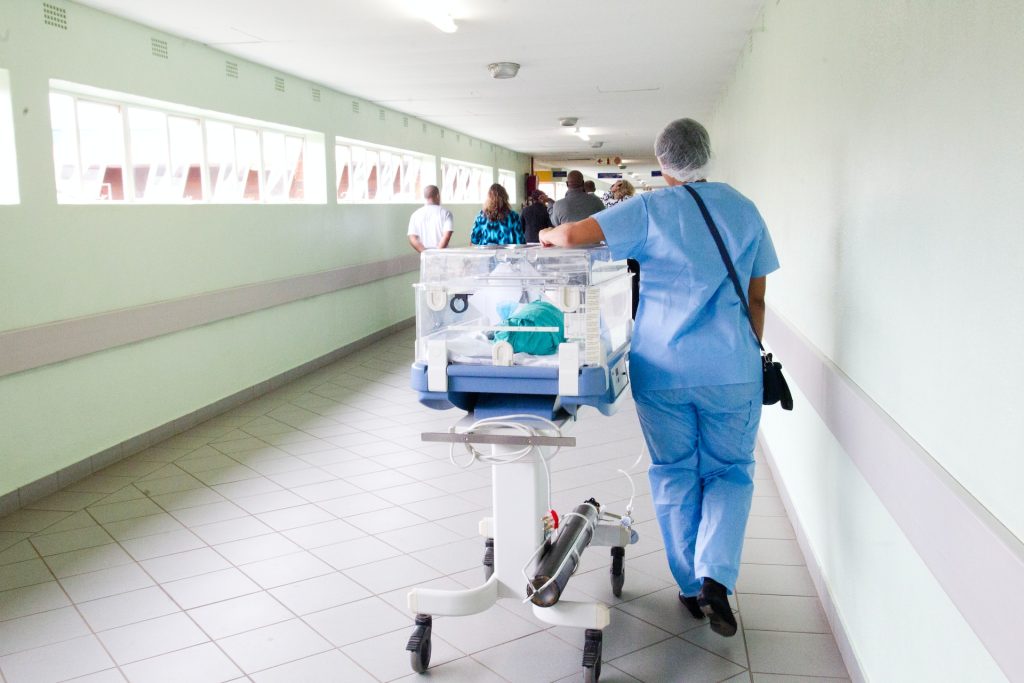T Cell Monitoring may Help Prevent Type 1 Diabetes

Scripps Research scientists have shown that people at risk of developing type 1 diabetes could be identified by analysis of the T cells which drive the disease. The new approach, if validated in further studies, could be used to select suitable patients for a newly FDA-approved treatment that stops the autoimmune process, thereby making type 1 diabetes a preventable condition.
In the study, which appears in Science Translational Medicine, the researchers isolated T cells from mouse and human blood samples. By analysing the T cells that can cause type 1 diabetes, they were able to distinguish the at-risk patients who had active autoimmunity from those who had no significant autoimmunity – with 100% accuracy in a small sample.
“These findings represent a big step forward because they offer the possibility of catching this autoimmune process while there is still time to prevent or greatly delay diabetes,” says study senior author Luc Teyton, MD, PhD, professor in the Department of Immunology and Microbiology at Scripps Research.
The study’s first authors were graduate student Siddhartha Sharma and research assistants Josh Boyer and Xuqian Tan, all of the Teyton lab at the time of the study.
Type 1 diabetes usually occurs in childhood or early adulthood, in an autoimmune process that destroys the pancreas’s insulin-producing islet cells. The process can last years, with multiple starts and stops. Exactly how the process begins is not well understood, though it is known to involve genetic factors and may be triggered by routine viral infections.
In 2022, the US Food & Drug Administration approved an immune-suppressing therapy that can protect islet cells and at least delay diabetes onset by months to years if given in the early stages of autoimmunity. However, doctors have not had a good method for identifying people who could benefit from such treatment. They have traditionally examined levels of anti-islet antibodies in patient blood samples, but this antibody response has not been a very accurate measure of autoimmune progression.
“Anti-islet antibody levels are poorly predictive at the individual level, and type 1 diabetes is fundamentally a T cell-driven disease,” Teyton says.
In the study, Teyton and his team constructed protein complexes to mimic the mix of immune proteins and insulin fragments that CD4 T cells normally would recognise to initiate the autoimmune reaction. They used these constructs as bait to capture anti-insulin CD4 T cells in blood samples. They then analysed the gene activity within the captured T cells, and expression of proteins on the cells, to gauge their state of activation.
In this way, they were able to develop a classification algorithm that correctly identified which at-risk patients, in a set of nine, had ongoing anti-islet autoimmunity.
Teyton now hopes to validate the CD4 T cell-based approach with a long-term study in a larger cohort of participants, comparing this approach to the traditional approach of quantifying anti-islet antibodies.
Teyton and his colleagues also are working to make the process of isolating and analysing anti-islet T cells in blood samples more affordable and convenient, so that it can be used more easily in a clinical setting.
“If we can develop this into a useful method for identifying at-risk patients and tracking their autoimmunity status, we not only would have a way of getting the right people into treatment, but also would be able to monitor their disease progress and evaluate potential new preventive therapies,” Teyton says.
Source: Scripps Research Institute





